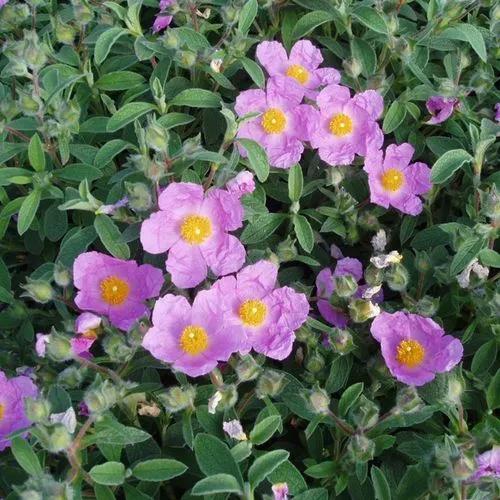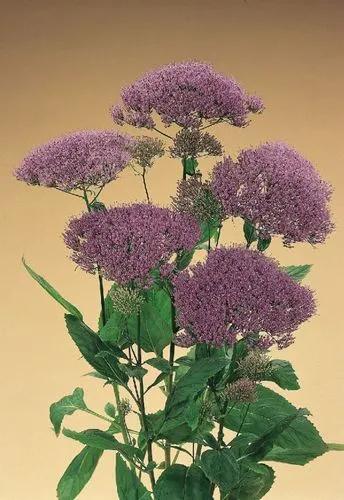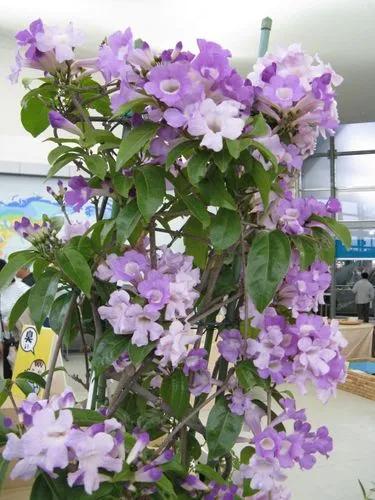Lamium amplexicaule, commonly known as henbit dead-nettle, common henbit, or greater henbit, is a species of Lamium native to Europe, Asia and northern Africa.
Henbit Dead-Nettle Care
Lamium amplexicaule



Henbit dead-nettle is an annual herb with a sprawling habit and short, erect, squarish, lightly hairy stems. It grows to a height of about 40 cm (16 in). The leaves are in opposite pairs, often with long internodes. The lower leaves are stalked and the upper ones stalkless, often fused, and clasping the stems. The blades are hairy and kidney-shaped, with rounded teeth. The flowers are relatively large and form a few-flowered terminal spike with axillary whorls. The calyx is regular with five lobes and closes up after flowering. The corolla is purplish-red, fused into a tube 15 to 20 mm (1⁄2 to 3⁄4 in) long. The upper lip is convex, 3 to 5 mm (1⁄8 to 3⁄16 in) long and the lower lip has three lobes, two small side ones and a larger central one 1.5 to 2.5 mm (1⁄16 to 1⁄8 in) long. There are four stamens, two long and two short. The gynoecium has two fused carpels and the fruit is a four-chambered schizocarp.
This plant flowers very early in the spring even in northern areas, and for most of the winter and the early spring in warmer locations such as the Mediterranean region. At times of year when there are not many pollinating insects, the flowers self-pollinate. Invasive in Texas.
This plant is useful.
How to get rid of:
the manual method is your best option.
How to Care for the Plant

Popularity

1,780 people already have this plant 320 people have added this plant to their wishlists
Discover more plants with the list below
Popular articles






